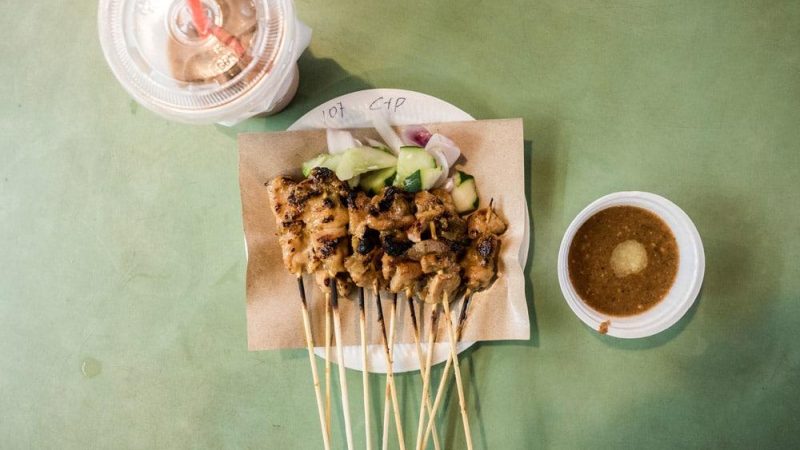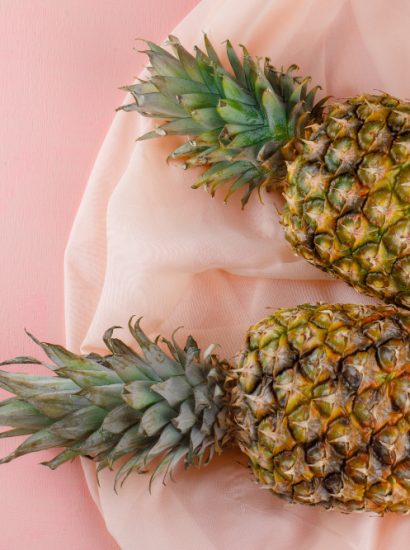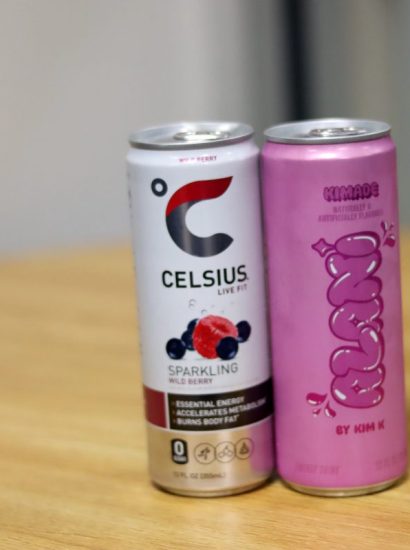Located in the heart of Chinatown, Maxwell Food Centre is a culinary landmark for both locals and tourists seeking Singapore’s authentic flavors. While it’s widely known for its chicken rice and other hawker staples, a hidden gem that often flies under the radar is the satay selection. If you’re craving smoky, juicy skewers paired with rich peanut sauce, Maxwell Satay Singapore should be on your radar.
This article explores the best satay stalls at Maxwell, the history behind the dish, the various meats available, and why this humble skewered delicacy remains a beloved Singaporean classic.
A Brief History of Satay in Singapore
Satay is more than just street food—it’s a cultural icon. Originally from Indonesia, satay found its way to Singapore via Malay and Javanese immigrants. Over time, it became a key part of the hawker food culture and has since evolved to include Chinese, Malay, and Indian styles, each with unique marinades and sauces.
At its core, satay consists of marinated meat skewered on sticks, grilled over open flames, and served with peanut sauce, cucumber, and ketupat (rice cakes). The smoky char and sweet-savory flavor have made it an enduring favorite across generations.
Why Maxwell Food Centre Is a Satay Haven
While satay is commonly found at Lau Pa Sat and East Coast Lagoon, Maxwell Food Centre offers a more local, grounded experience. Here, satay stalls focus on traditional preparation, slow-grilling the skewers to order and using age-old family recipes. You won’t find automated machines or mass production—just charcoal grills and seasoned hands.
Maxwell is centrally located, has a rich heritage, and is less touristy compared to other food centers, making it the perfect place to enjoy satay like a local.
Best Satay Stalls at Maxwell Food Centre
If you’re heading to Maxwell, here are the top satay stalls you should not miss:
Maxwell Satay (Stall #26)
This unassuming stall draws in regulars with their consistently tender chicken and beef satay. Their peanut sauce is slightly spicy, rich, and perfectly balanced—not too sweet, not too oily.
Top picks:
- Chicken Satay
- Beef Satay
- Satay Set (10 sticks + rice cakes)
Tong Kee Satay
A favorite among the older generation, Tong Kee keeps it old-school. Their pork satay is exceptionally marinated, with hints of lemongrass and turmeric.
Top picks:
- Pork Satay
- Mutton Satay
- Extra Peanut Sauce (highly recommended)
China Street Satay
This stall mixes Chinese and Malay satay traditions. Their lamb satay is grilled to a tender finish, and their sauces include pineapple puree for added zing.
Top picks:
- Lamb Satay
- Satay Platter (Mix of all meats)
- Pineapple Peanut Sauce
These stalls stand out not just for their food, but for their commitment to keeping satay traditions alive amid Singapore’s ever-modernizing food scene.
Types of Satay You Can Find
Unlike fast-food skewers, satay in Singapore is diverse, flavorful, and thoughtfully prepared. At Maxwell, you’ll commonly find:
Chicken Satay
The most popular option—juicy, well-marinated, and ideal for beginners. Often infused with garlic, turmeric, and sugar.
Beef Satay
Richer in flavor and slightly chewier, beef satay is often marinated longer to enhance tenderness and depth.
Pork Satay
Chinese-style pork satay includes layers of fat and lean meat, giving it a crisp bite and melt-in-your-mouth texture.
Mutton Satay
Gamey and bold, mutton satay appeals to those who like strong flavors. It’s less common but deeply satisfying.
Liver and Offal Skewers
Some stalls serve organ meat satay, a favorite among older Singaporeans. It’s a must-try for the adventurous eater.
What Makes a Great Satay?
So what separates mediocre satay from exceptional satay? It comes down to five key factors:
- Marinade – A great satay starts with a flavor-packed marinade of turmeric, garlic, lemongrass, and sugar.
- Charcoal Grilling – Traditional satay is cooked over charcoal, giving it a deep smokiness and charred edges.
- Texture – The meat should be tender yet have a slight chew.
- Peanut Sauce – A thick, grainy, slightly spicy peanut sauce is non-negotiable. Bonus points for a hint of pineapple.
- Freshness – Good satay is made fresh-to-order, not pre-cooked or microwaved.
At Maxwell, top stalls tick all of these boxes—and then some.
How to Enjoy Satay Like a Local
Eating satay is more than just consuming meat on sticks—it’s a cultural experience. Here’s how to enjoy it like a true Singaporean:
- Order a mix: Try different meats to experience the range of flavors.
- Dip generously: Don’t skimp on the peanut sauce. Some locals even pour it over their rice cakes.
- Eat with your hands: It’s more satisfying—and culturally appropriate—to eat satay with your fingers.
- Pair with sugarcane juice: The perfect combo—satay and fresh sugarcane juice to cut the richness.
Other Dishes to Pair with Satay
If you’re at Maxwell and want to round out your meal, consider pairing your satay with:
- Oyster Cake – Crunchy, meaty, and pairs surprisingly well with grilled meat.
- Rojak – A spicy-sweet fruit and veggie salad that complements satay’s smoky richness.
- Chicken Rice – Yes, it’s a main dish on its own, but small portions of satay and chicken rice make for a local tasting platter.
- Popiah – Light and fresh, a great balance to heavier satay.
Combining these foods helps you experience the diversity of flavors that Singaporean hawker centers are famous for.
Conclusion
Maxwell Satay isn’t just a side item—it’s a local treasure that deserves the spotlight. Whether you’re new to Singaporean food or a seasoned hawker hunter, the satay stalls at Maxwell Food Centre deliver unbeatable flavor, authenticity, and value.
From juicy chicken skewers to tender mutton cuts and peanut sauces perfected over decades, Maxwell’s satay scene is something every foodie should explore. So next time you’re in Chinatown, skip the fancy cafes and head to the smoky grills of Maxwell. Your tastebuds will thank you.
FAQs
1. What’s the average price of satay at Maxwell Food Centre?
Most stalls offer satay at S$0.60–S$0.80 per stick, with set meals (10 sticks + ketupat) ranging from S$6–S$8.
2. Are there vegetarian or vegan satay options at Maxwell?
Traditional satay is meat-based, but some stalls offer tofu skewers or mushroom satay. Availability may vary.
3. What’s the best time to visit Maxwell for satay?
Visit in the evenings (6 PM to 9 PM) when satay stalls are fully operational, and the charcoal grills are hot.
4. Can I order Maxwell satay for delivery?
Yes, some stalls partner with delivery platforms like GrabFood or Foodpanda, but charcoal freshness is best enjoyed on-site.
5. How do I find the best satay stall at Maxwell?
Look for queues—it’s a reliable local indicator. Or try Stall #26 or Tong Kee, both known for quality and consistency.
Also read: Tiger Sugar Menu SG – Latest Brown Sugar Boba & Milk Tea Items









